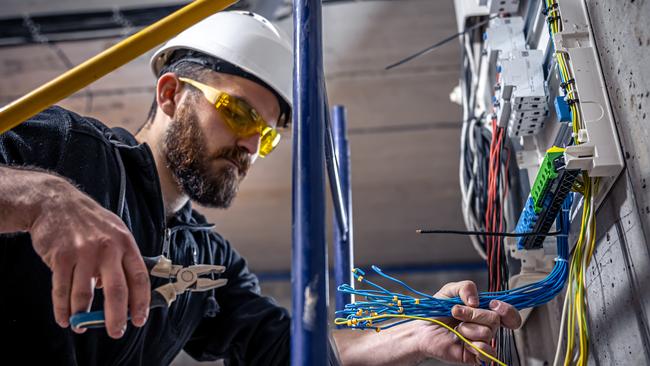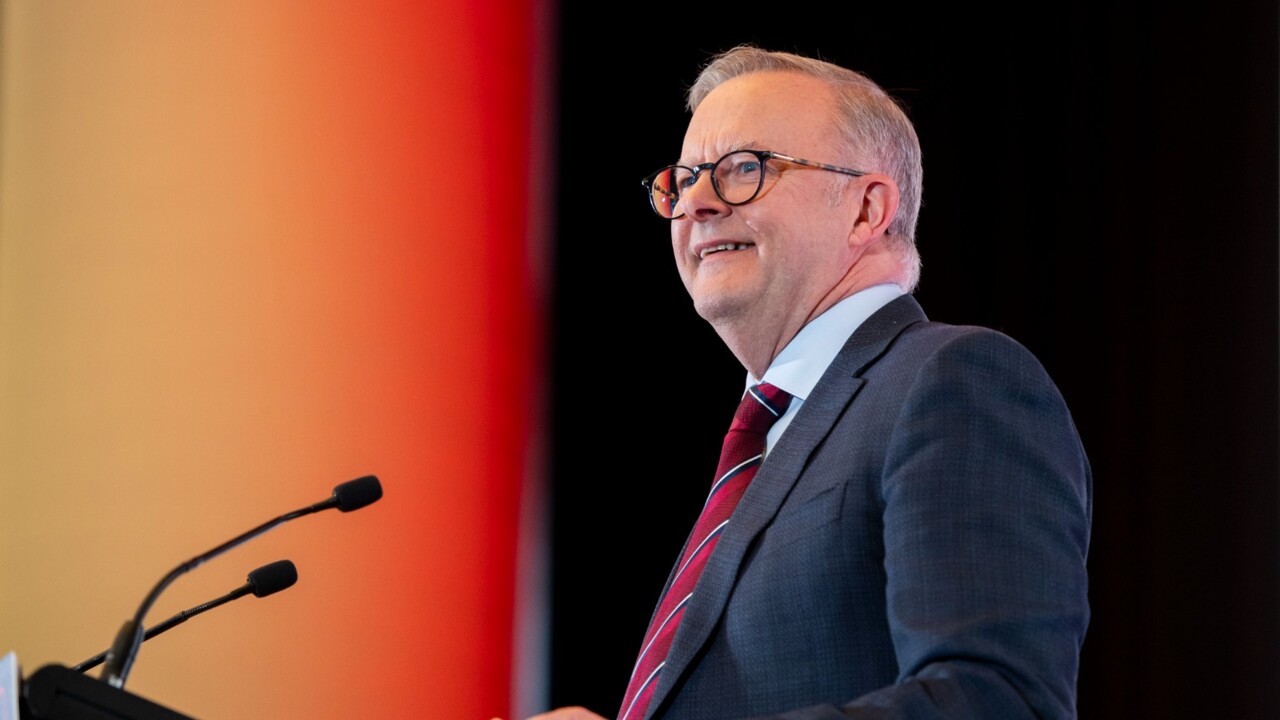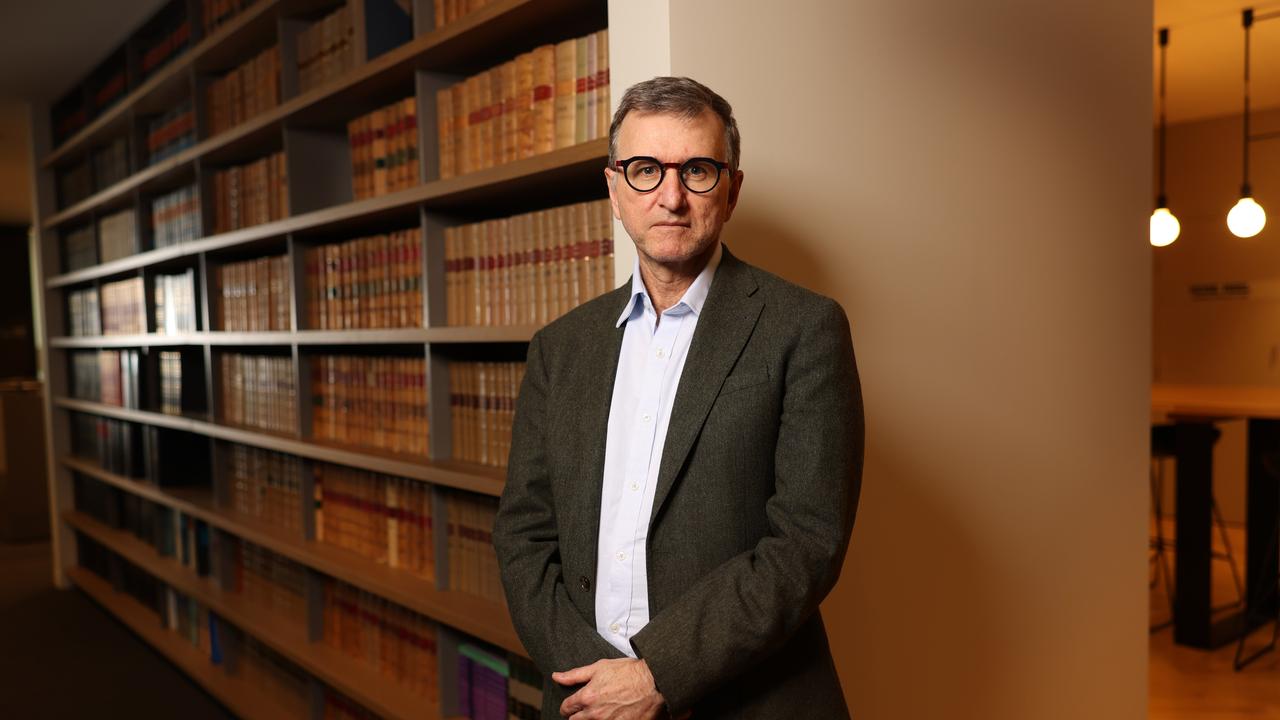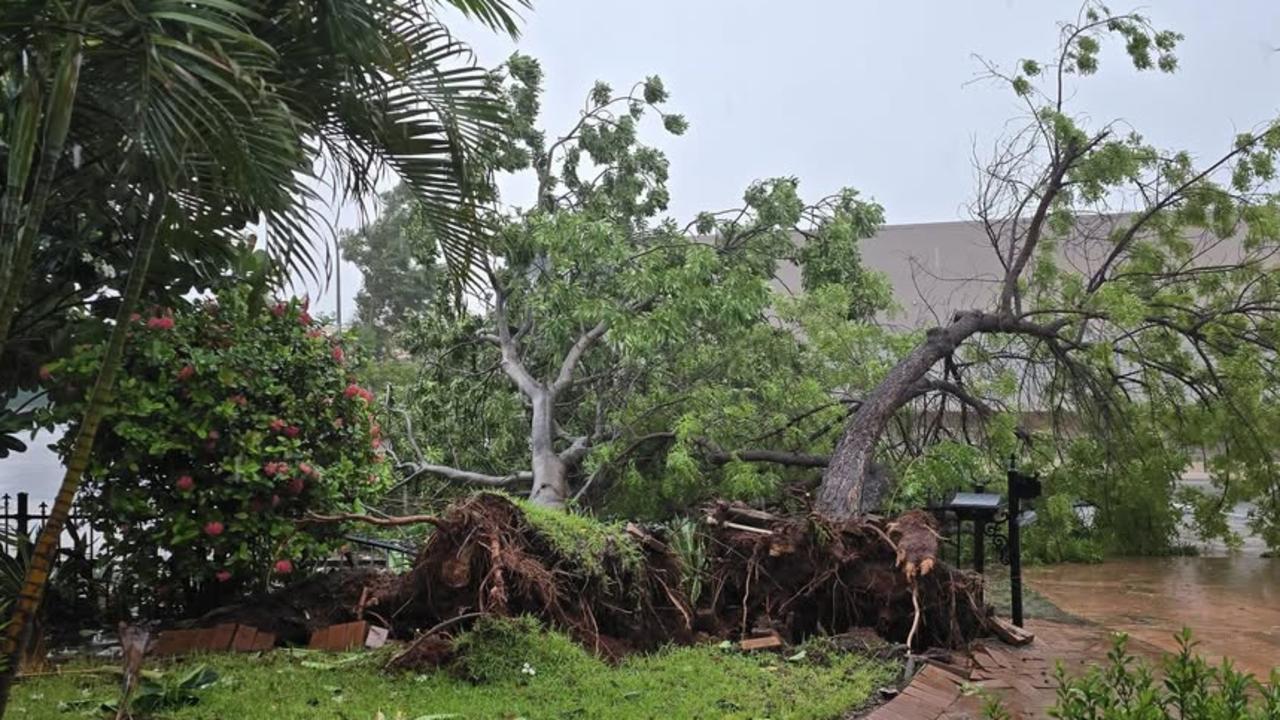Looming shortfall of electricians, energy jobs to meet 2030 emissions target
The race to hit Australia’s 2030 emissions target on the way to Net Zero could be hampered by significant shortages of electricians and other key energy workers, a new report finds.

Australia’s energy sector faces a shortfall of 17,000 electricians, mechanics and technicians by 2030 as it chases the current net zero emissions targets, a new analysis finds.
Finding the extra workers, including a 40 per cent increase in electrician apprentices to 20,500 annually, is made harder by apprenticeship completion rates of 60 per cent, the study by Powering Skills Organisation finds.
PSO, one of 10 Jobs and Skills Councils set up by the federal government to tackle skills and workforce challenges, is looking to attract interest in these specialist jobs from those in society under-represented in the energy sector, including women, migrants and First Nations people. While the new report notes that work undertaken last year by Jobs and Skills Australia forecast the need for 32,000 more electricians in the next seven years in the move to net zero, many of these were required outside the energy sector, for instance in construction and manufacturing.
The PSO report drills into those jobs directly needed in the energy sector, including electricians, airconditioning and refrigeration mechanics, linesworkers, electrical engineering technicians and electronics workers. “PSO anticipates there will be a shortfall of 17,400 energy sector workers in these six critical occupations by 2030,” the The New Power Generation: Challenges and Opportunities within Australia’s Energy Sector report says.

“It is further anticipated that this shortfall may more than double to 37,600 workers by 2050.”
As part of its long-term target of net zero emissions by 2050, the federal government has committed to reducing greenhouse gas emissions to 43 per cent below 2005 levels by 2030.
PSO chief executive Anthea Middleton said the energy system was undergoing profound change in pursuit of that target. “By 2030 solar and wind capacity will triple, rooftop solar capacity will double and storage capacity will increase six times over,” she said. “The enormity of the transformation of this sector is well and truly under way; there needs to be significant uplift in the capacity and capability of our energy workforce.”
The PSO report, after consultation with energy stakeholders, says a bigger energy workforce could be built by targeting women and skilled migrants as part of a broader strategy to focus on untapped demographic groups.
Just 16.5 per cent of the 241,000 energy sector employees are women, compared to 47 per cent across all industries, and only 2.1 per cent are migrants, the lowest across all industries.
It notes there could be a brain drain of skilled Australian workers to countries also transitioning to clean energy. “Concerns are already emerging in relation to engineers being lured overseas, to the detriment of Australia’s deployment of renewable energy projects,” the report says.
The PSO is also recommending a focus on ensuring the VET sector can meet the growing need for more apprentices and trainees.






